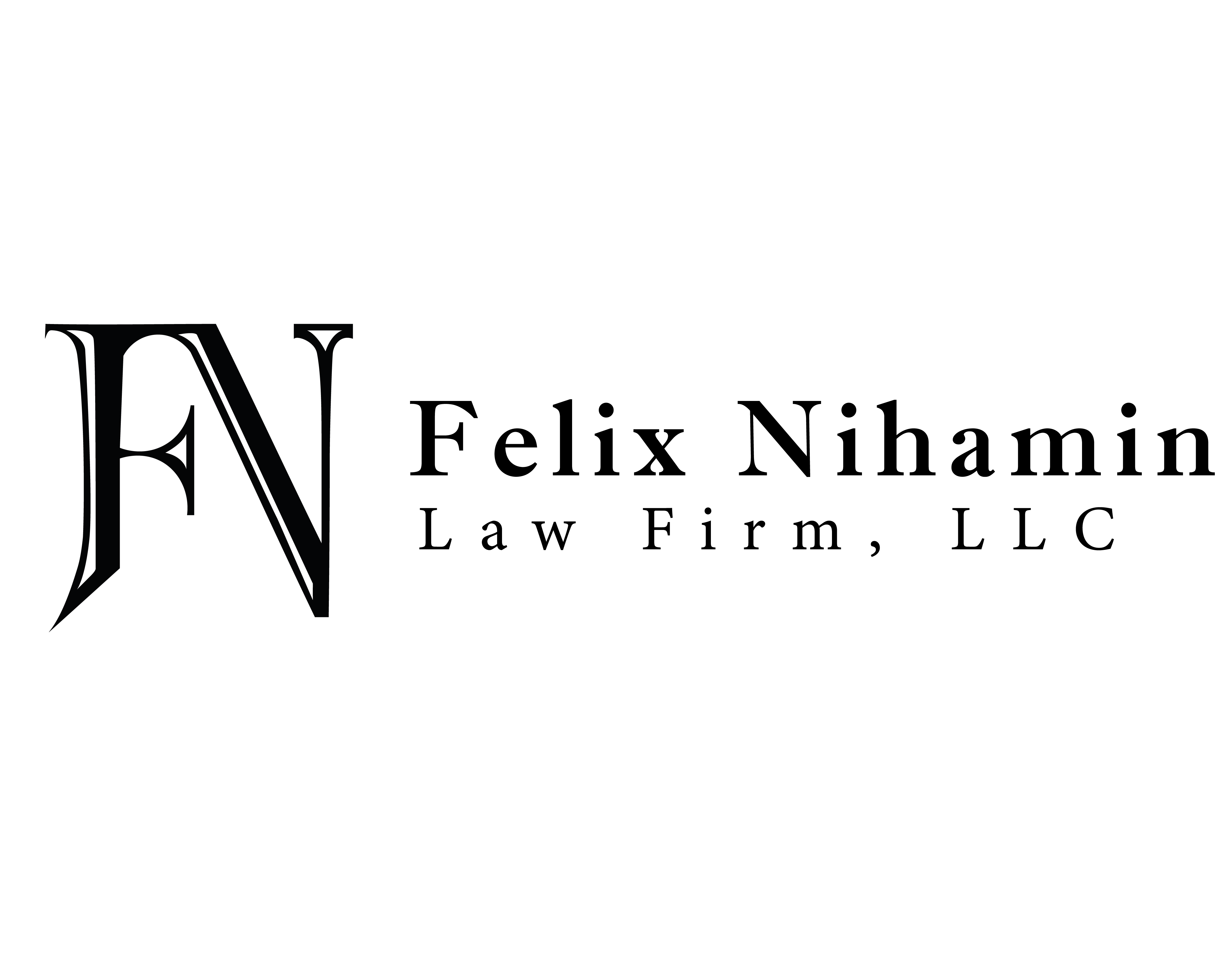Next Step
FNL has created the following checklist to keep in mind when applying for
the Paycheck Protection Loan
First, you need the following list of important items in order to complete the application. It is most helpful to gather these documents prior to beginning the application:
2019 IRS Quarterly 940, 941 or 944 payroll tax reports
Monthly payroll reports for 2019 must show the following:
- Gross wages for each employee (including the officer(s) if paid W-2 wages)
- Paid time off for each employee
- Vacation pay for each employee
- Family medical leave pay for each employee
- State and local taxes assessed on the employee’s compensation for each employee
1099s for 2019 for independent contractors that would otherwise be employees of your business. (Do NOT include 1099s for services)
Documentation showing total health insurance premiums paid by the company owner under a group health plan. (Include all employees and the company owners.)
Document the sum of all retirement plan funding that was paid by the company owner. (Do not include funding that came from the employees out of their paycheck deferrals.) Include all employees, including company owners, 401K plans, Simple IRA, SEP IRAs.
Business entity documentation (e.g. operating agreement, certificate of organization, bylaws, articles of incorporation)
2017, 2018 and 2019 business tax returns, if applicable, and 2019 internal financial statements if 2019 tax return is not filed
2020 interim financial statements (balance sheet, income statement, accounts receivable aging and accounts payable aging)
Debt schedule for operating business
List of owners of the business if not included in tax return
Copy of driver’s license for signers of business. (This is likely for 20%+ owners)
Under the CARES Act, borrowers may use PPP loan proceeds to pay any of the following “Payroll costs,” a defined term that includes all of the following:
salaries and wages (capped at $100,000 on an annualized basis for each employee)
payments for vacation, parental, family, medical or sick leave
severance payments
payments required for the provision of group health care benefits, including insurance premiums
retirement benefits
state and local taxes assessed on the compensation of employees
Interest (but not principal) on any debt or mortgage obligations that existed prior to Feb. 15, 2020
Rent arising under a lease agreement (for both real and personal property) in force before Feb. 15, 2020
Utility payments (including electricity, gas, water, transportation, telephone or internet access) for which service began before Feb. 15, 2020
The statute itself does not require any specific allocation of proceeds. However, per recent Small Business Administration (SBA) guidance, borrowers expecting full forgiveness should plan to spend at least 75% of the loan proceeds on “payroll costs.” The sample PPP loan application reiterates this requirement.
Loan Forgiveness
A borrower may seek loan forgiveness by submitting a request to its lender. The request must include documents that verify their number of full-time equivalent employees and pay rates, as well as the payments on eligible mortgage, lease and utility obligations. To assess eligibility, the lender will evaluate the borrower’s use of proceeds during the eight-week period following the loan’s origination. This eight-week period is also known as the “covered period.” A borrower is eligible for loan forgiveness if it has used at least 75% of the loan proceeds for payroll costs, with any balance going towards covered mortgage interest payments, covered lease payments or covered utilities.
The amount of loan forgiveness may be reduced if there has been a reduction in full-time employees. This reduction in loan forgiveness, if any, is calculated by multiplying the amount of loan forgiveness by a fraction. The numerator of the fraction is the average number of full-time employees of the borrower during the eight-week covered period. The denominator of the fraction is either:
- the average number of full-time employees of the borrower between Feb. 15, 2019 and June 20, 2019
OR - the average number of full-time employees of the borrower between Jan. 1, 2020 and Feb. 29, 2020
If the borrower is deemed a “seasonal employer” by the SBA, then the borrower must use subsection (a) above as the denominator. Otherwise, the borrower can choose between (a) and (b) presumably, whichever is lower.
The amount of loan forgiveness is further reduced if employees who made less than $100,000 in annualized wages in 2019 receive a reduction in pay of more than 25% during the covered period.
Rehiring Employees or Restoring Wages
Reductions in full-time employment or salary that occur between Feb. 15, 2020 and April 26, 2020 can be “cured” and will not reduce the amount of loan forgiveness if, by June 30, 2020, the borrower eliminates the reduction in employees or the reduction in wages, as applicable. There is no requirement that the borrower rehire the same employees; hiring full-time equivalent employees is sufficient.
